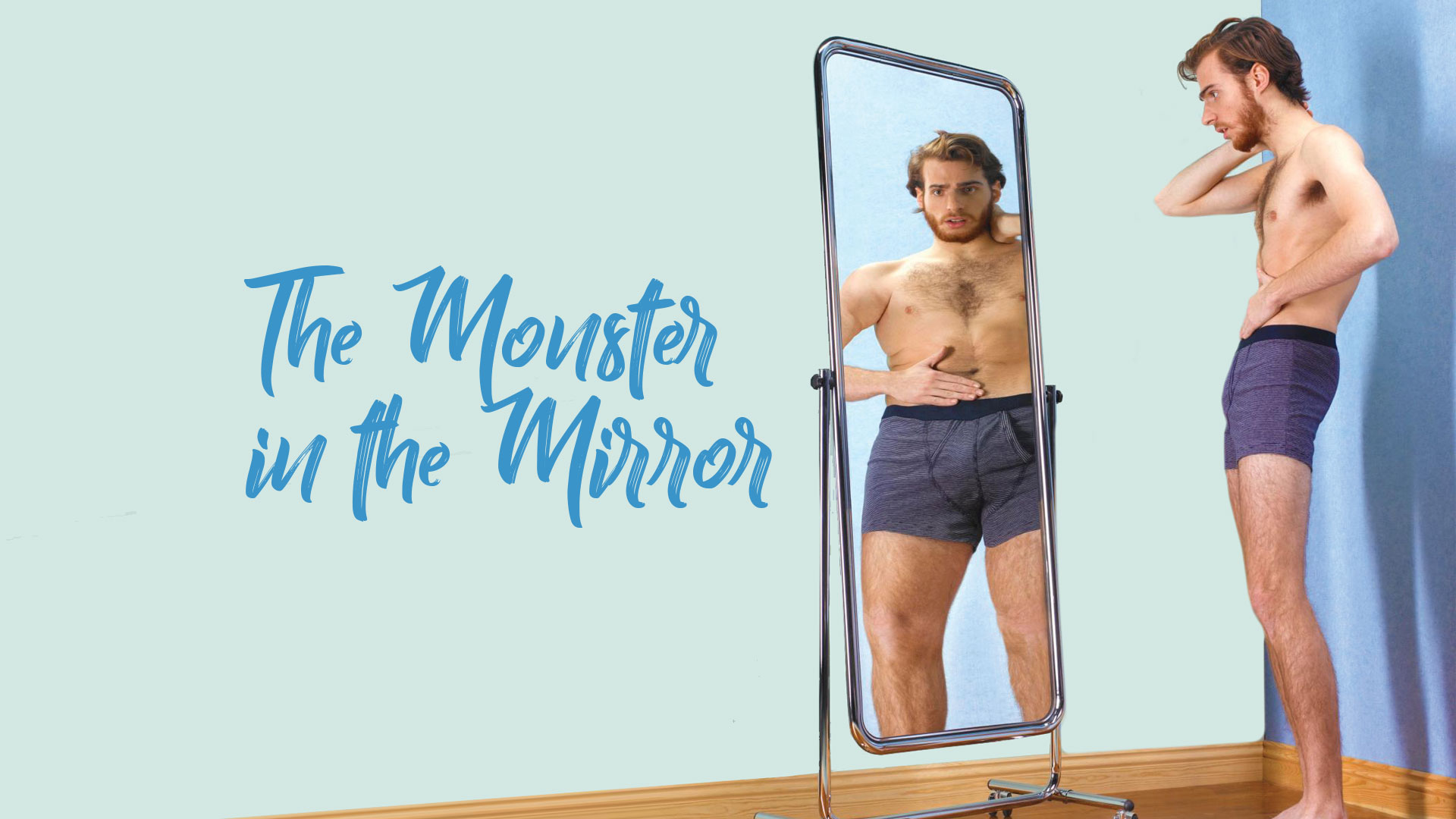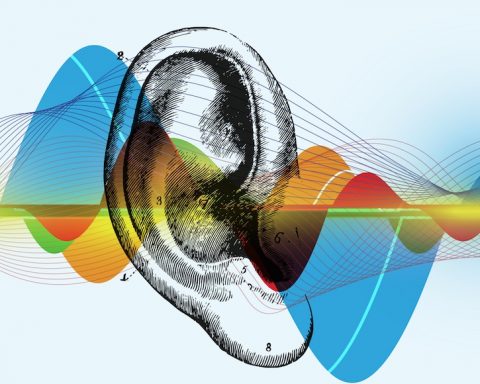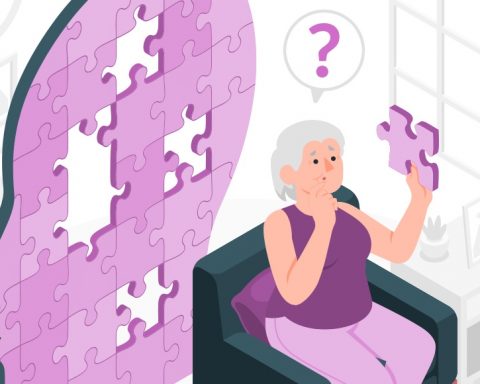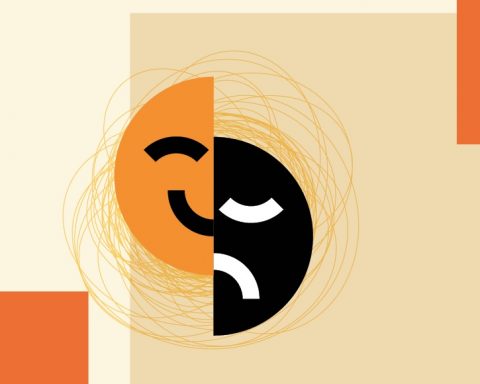Taking care of one’s appearance is important for self-esteem and lifestyle, not just socially, but also when you’re lounging around home for a lazy day or popping down to the shops for milk, psychologists say.
So brush your hair and teeth, and slip on those yoga pants which just hug the curve of your buttocks so fine, and you’re ready to go! OK, perhaps another glance at the mirror, why not? Blow yourself a kiss, and, like Lizzo’s song advises, ‘do your hair toss and check your nails’. And off you go, to grab the day by the horns…
How long do you spend getting ready in the morning? And how long to dress up for a night out? If you feel that you tend to be hypercritical of the person looking back at you from the mirror, or you linger too long on concealing your – real or perceived – flaws, and you find it difficult to notice and value the strong points of your appearance, particularly if you are in your teenage years or in your twenties, you might be suffering from body dysmorphic disorder (BDD), a mental condition that makes sufferers worry unnecessarily about the perceived shortcomings in their looks, exaggerating them and believing them to dwarf and eclipse their (perceived) sparse strong points.
Consequently, BDD sufferers invest a lot of time and money in improving flaws that aren’t there in the first place, and often feel insecure and miserable to the point they minimise or avoid social contact, because they are afraid to be teased or bullied.
This is quite different from being self-obsessed or vain, because vanity makes you recognise your beauty for what it is or more, and enhance it accordingly, while BDD affects your self-image negatively. In severe cases, it may lead to poor performance in school or at work, social withdrawal, self-harm, depression and suicidal ideation.
Red flags for BDD are excess effort in concealing perceived flaws with make-up or baggy clothes for example, or having the hairdresser dramatically change your hairstyle at every visit, checking yourself in every mirror or shop window you encounter or, on the contrary, outright avoiding mirrors, constantly seeking feedback and approval from people you believe you trust.
Excess self-consciousness may make you pull out facial hair, or compulsively wax arms, legs and torso (trichotillomania), or pick at your skin (dermatillomania) to rid it from flakes, blackheads and zits. This can become a serious health hazard if one picks out moles.
Acknowledging that you or a loved one suffers from BDD isn’t easy, nor is a positive diagnosis. The most difficult step is the acknowledgement that there is nothing to be ashamed or embarrassed about your appearance, and the acceptance of the concept of individual beauty.
Sometimes, relatives and friends’ goodwill in pointing out your skin-deep and inner beauty with body pampering interventions can back-fire big time, and actually exacerbate your symptoms, that’s why it is important to seek medical advice, if you feel that your worry about your looks severely affects your day-to-day activities and your career.
It isn’t clear what causes BDD, although peer pressure, society expectations and social media may partly be blamed for it. If you believe that all your friends are more photogenic than you, or you spend way too much time trying to capture a killer duck-face selfie, or applying animal filters, you may want to consider a trip to your GP, to discuss your concerns and devise strategy plans to rationalise your self-perceived inadequacy or awkwardness.
The exact causes of BDD haven’t yet been unequivocally earmarked, but they’re likely to be both physiological and psychological. Identifying the main cause is fundamental to plan the administration of drugs or the prescription of cognitive behavioural therapy.
Causes can in fact be genetic, chemical imbalances in the brain, or childhood traumatic experiences. Sometimes BDD pairs up with OCD and eating disorders.
Cognitive behavioural therapy, as one-to-one with your counsellor or as group therapy, can be indeed beneficial, especially when comparing to other experiences, assessing and dismissing their purported flaws and hence projecting positive feedback on each other.
This helps learn about triggers, and how to rationalise and neutralise them. Sometimes your family will be involved in your therapy sessions, because parents and close relatives are alas one of the main triggers of their children’s BDD, with their own behaviour, example, mixed messages, core beliefs and cognitive dissonance, so that the whole family dynamics often need to be reprogrammed.
When physiological causes are diagnosed, BDD patients will be prescribed a type of antidepressant from the ‘selective serotonin reuptake inhibitors’ family – the most commonly used being fluoxetine – for a maximum period of twelve weeks, during which patients, especially younger ones, are closely monitored for improvement and potentially life-threatening side effects.
Support groups, as always, work wonders to help and heal. Visit BDDfoundation.org for updates on research, and to join online forums, about BDD and associated disorders like OCD, hoarding, trichotillomania, and dermatillomania.
This article aims at being informative only, with no medical or diagnostic pretenses. Consult your GP if you suspect you or a relative are suffering from the condition above described









